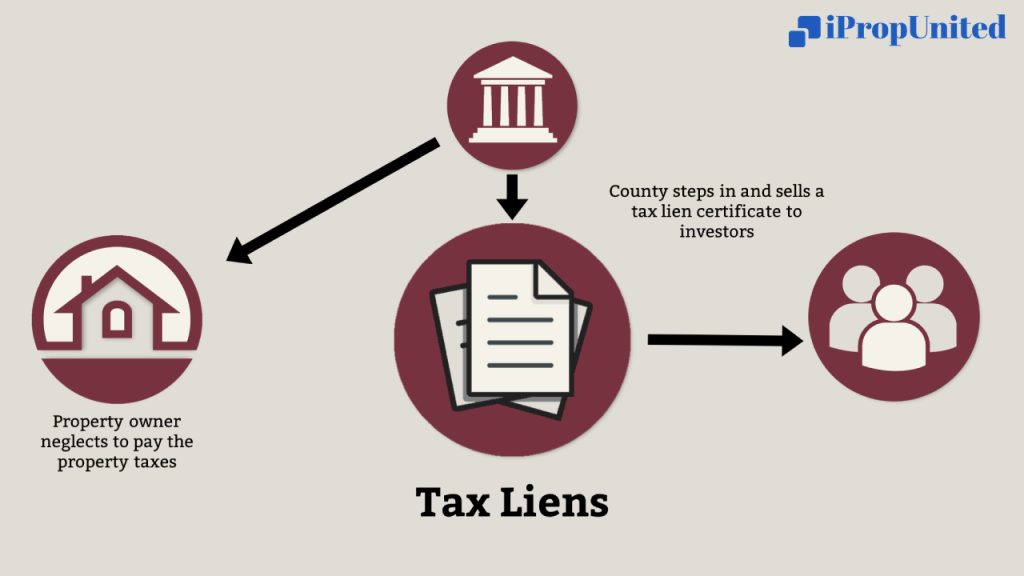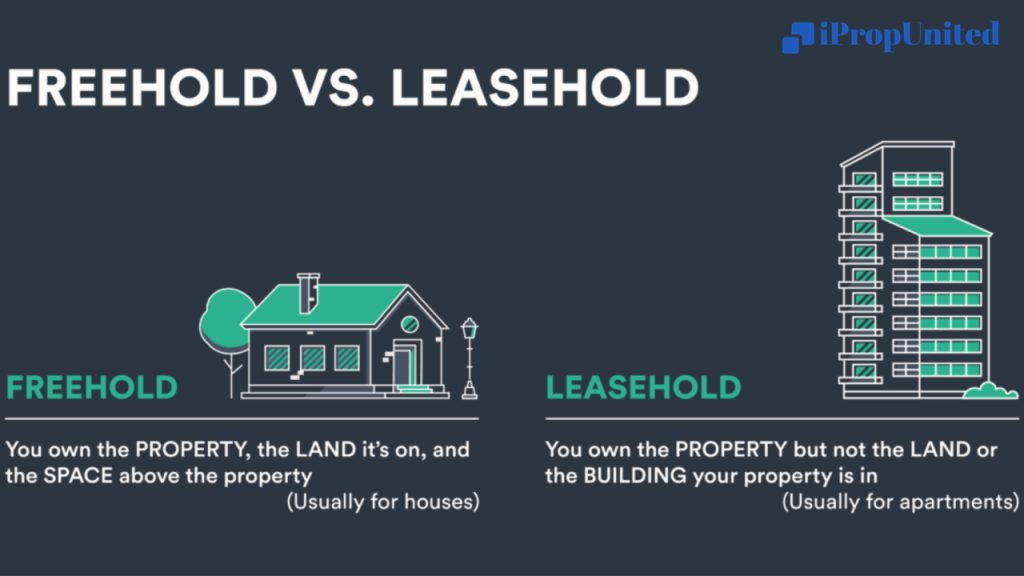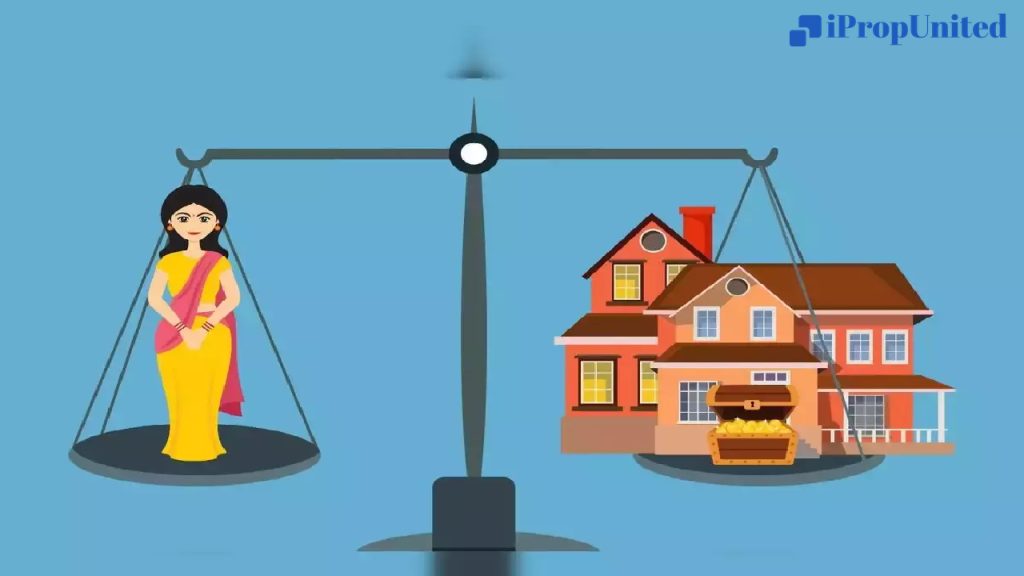Buying a home is a significant milestone, but the hefty price tag isn’t the only hurdle. Home loans come with interest rates, and those rates can significantly impact your monthly payments and the total amount you pay over the loan term. Here’s the good news: there are ways to bring that interest rate down.

Choose tenure wisely
While signing for a loan, be it home loan or personal loan or even loan against property, one factor to always keep in mind is to choose the tenure carefully to avoid paying higher interest against the loan taken. Loan tenure is the primary factor responsible for the interest that accrues, shorter the tenure, lesser the interest. Longer tenures like 25 to 30 years will surely bring down the actual outflow monthly but in the process will cost us higher.
People generally take home loans for a longer tenure to reduce the monthly EMI burden but opting for a longer tenure makes the person pay more interest. Using a home loan calculator will help to check how the interest rate and tenure can affect the overall payable interest on the principal amount.
Make advance payments
Nationalised banks and NBFCs often don’t charge for prepayment of loan or fore-closure charges on floating-rate loans. If the home loan is on a floating interest rate, making advance payments whenever your pocket allows will reduce the principal amount, therefore the total interest payable would also decrease. That is simply because, during the first few years after you take up a loan, a larger part of your loan EMI goes towards the interest payment while the smaller amount is adjusted towards the principal amount. However, some lenders may charge a certain percentage on fixed-rate loan prepayments. So, it is advisable to check with your bank/lender to know the prepayment charges before taking the loan.
Compare interest rates
It is necessary to do research on different home loan interest offers and compare rates before choosing a particular loan product or even the lender. You can compare the home loan interests on various third-party websites that can give you a clear picture of the rates and other charges levied by different lenders. Comparing home loan interest rates offered by various lenders will help you to choose the best deal.
So, it is advised to compare the home loan interest rates for all banks before deciding on a particular bank or home loan to avoid paying a big amount of interest rate.
Go for Home Loan Balance Transfer
You can opt for balance transfer (BT) if you have an existing loan and you feel that the current lender is charging a high-interest rate compared to the interest rate offered by another lender. In this case, you can transfer the remaining principal amount to the new lender and avail lower interest rate.
However, sometimes it may involve file transfer charges, and you may also need to get a written consent from the current lender for balance transfer. This kind of transaction is only advisable if you feel you are geared up to clear the monthly EMI without giving it a miss. As any missed payments on balance transfer-based loans incur higher penalties.
Pay big chunks on a down payment
Most banks and other financial institutions offer home loans up to 75% to 90% of the total value of the property and the rest 10 percent to 25 percent, is required to be paid by the owner. It is therefore advisable, that while investing in a property, instead of looking for a higher loan amount it is better to make a big down payment at the initial stage and lessen your burden of loan and subsequent interest. The higher you pay as down payment (DP), the lower the principal loan amount would be, which directly reduces the overall interest you have to pay as well.
Negotiate with the lender
If you justify all the criteria with a good margin and have provided all the necessary documents, negotiate with the lender to reduce the interest cost. Financial institutions generally offer lower interest rates to borrowers who have low or zero existing EMIs, stable income sources, and good credit scores. A small difference in interest percentage can make huge savings in the long term.
Improve your eligibility
Excellent repayment capacity, a stable income, and high credit scores can help negotiate better interest rates. Use the home loan calculator to get an estimate of the maximum amount you may be able to borrow. You can improve your repayment capacity by adding a close family member with a good credit score and income as a co-applicant. Pay off any outstanding debts to the possible extent, so that your monthly obligations are less than 30% of your income. Improve your credit score if you have a low credit score before applying for a home loan.
Look for Better Deals
Lenders prefer customers with good credit scores to make sure the loan amount can be recovered on time. Banks often roll out preferential rates for existing customers or those with good credit history. So, if your score is above 700, there are chances that you may get better rates on your loan. If you have been a responsible borrower and have made all your repayments on time, chances are you will be offered lower rates on your next loan.
If your credit history is not good enough, you may have to negotiate with the lender provided you have a good business relationship with the lender. Banks often lower their interest rates during festive seasons, and keeping a close eye on festive offers can be beneficial to grab a good deal.
Increase your EMI
Some of the lenders allow you to revise your instalment annually. So, if you have taken a home loan from such a lender you can opt for a higher EMI if your income increases. This act will reduce the tenure of the loan and therefore the interest payable against the home loan will be substantially reduced. So, it is good to check with your lender whether they provide such options.
Conclusion
You can significantly reduce your interest paid by repaying your home loan earlier than the actual tenure and by following the guidelines discussed above.
Also, make sure to read the terms and conditions as well as other fees and charges taken by your lender before signing up. Make yourself aware of all the tax deduction provisions under Income Tax Act 1961 and consider co-applying for the home loan to get maximum benefits through tax deductions, while repaying the home loan.
Follow and Connect with us: Twitter, Facebook, Linkedin, Instagram














